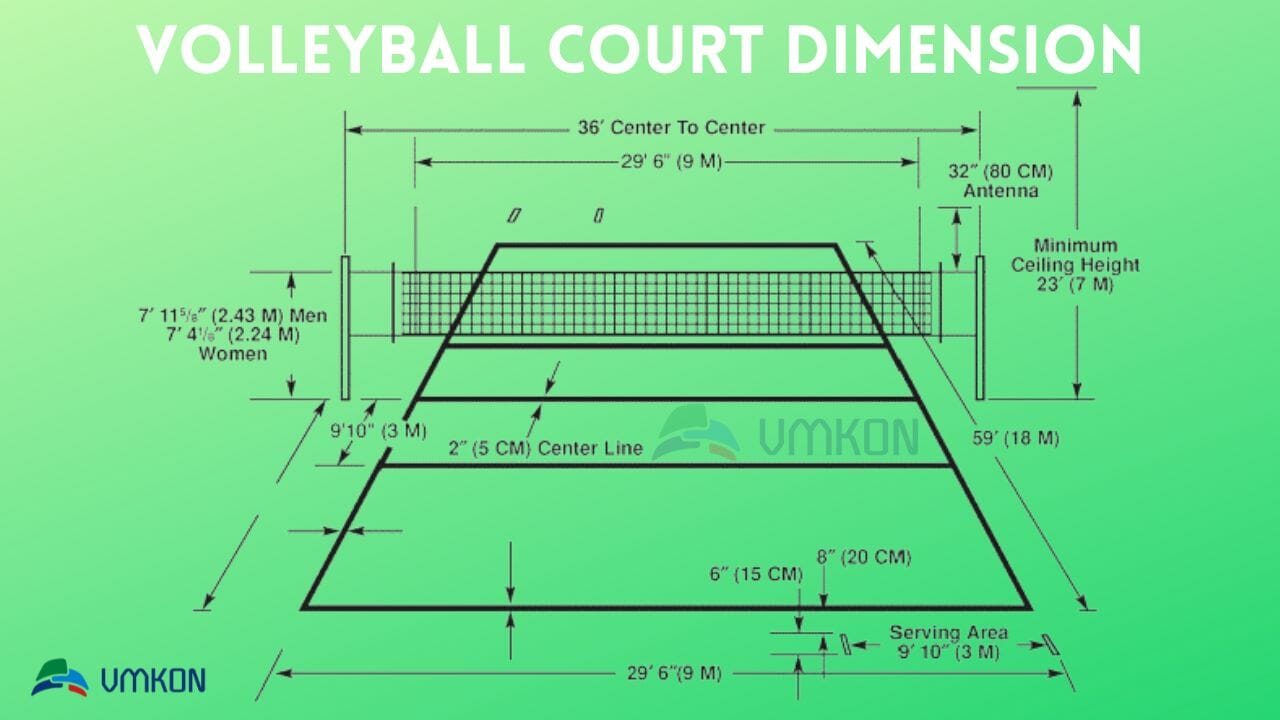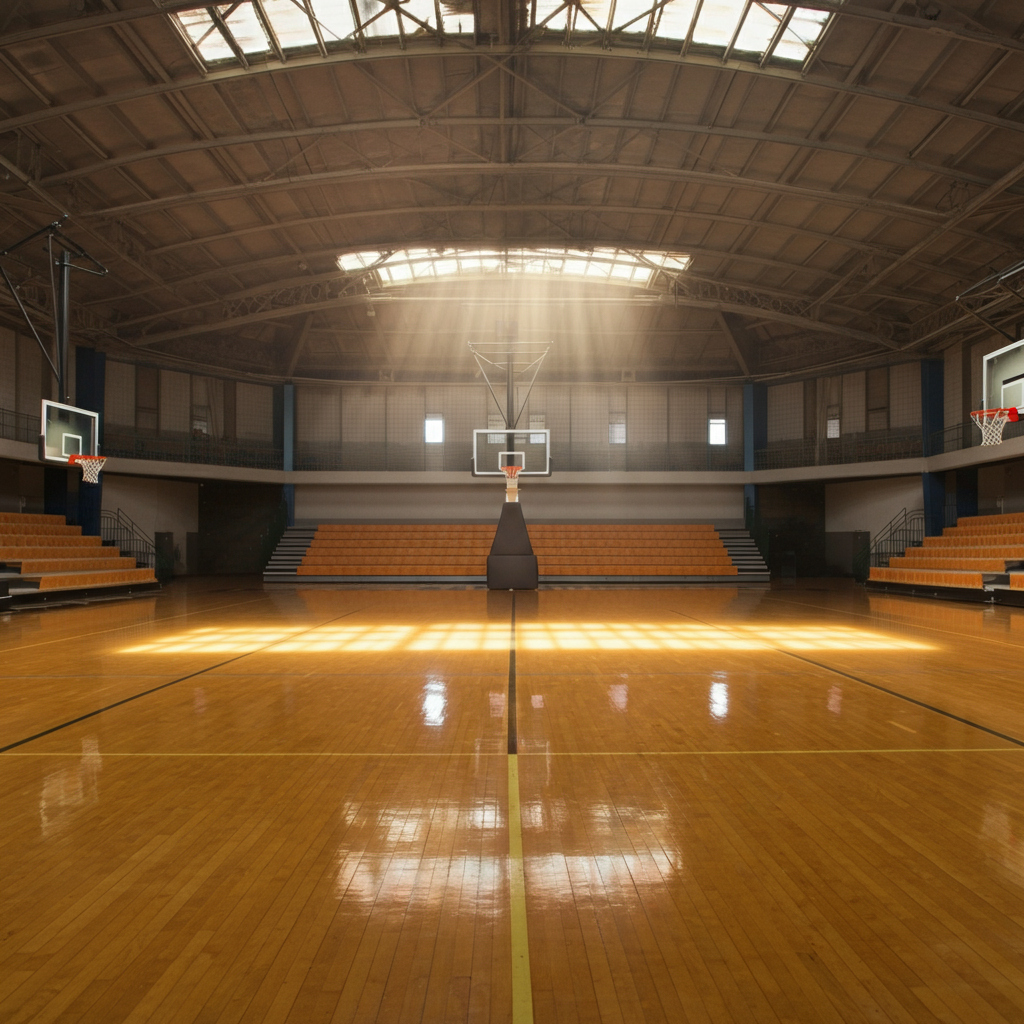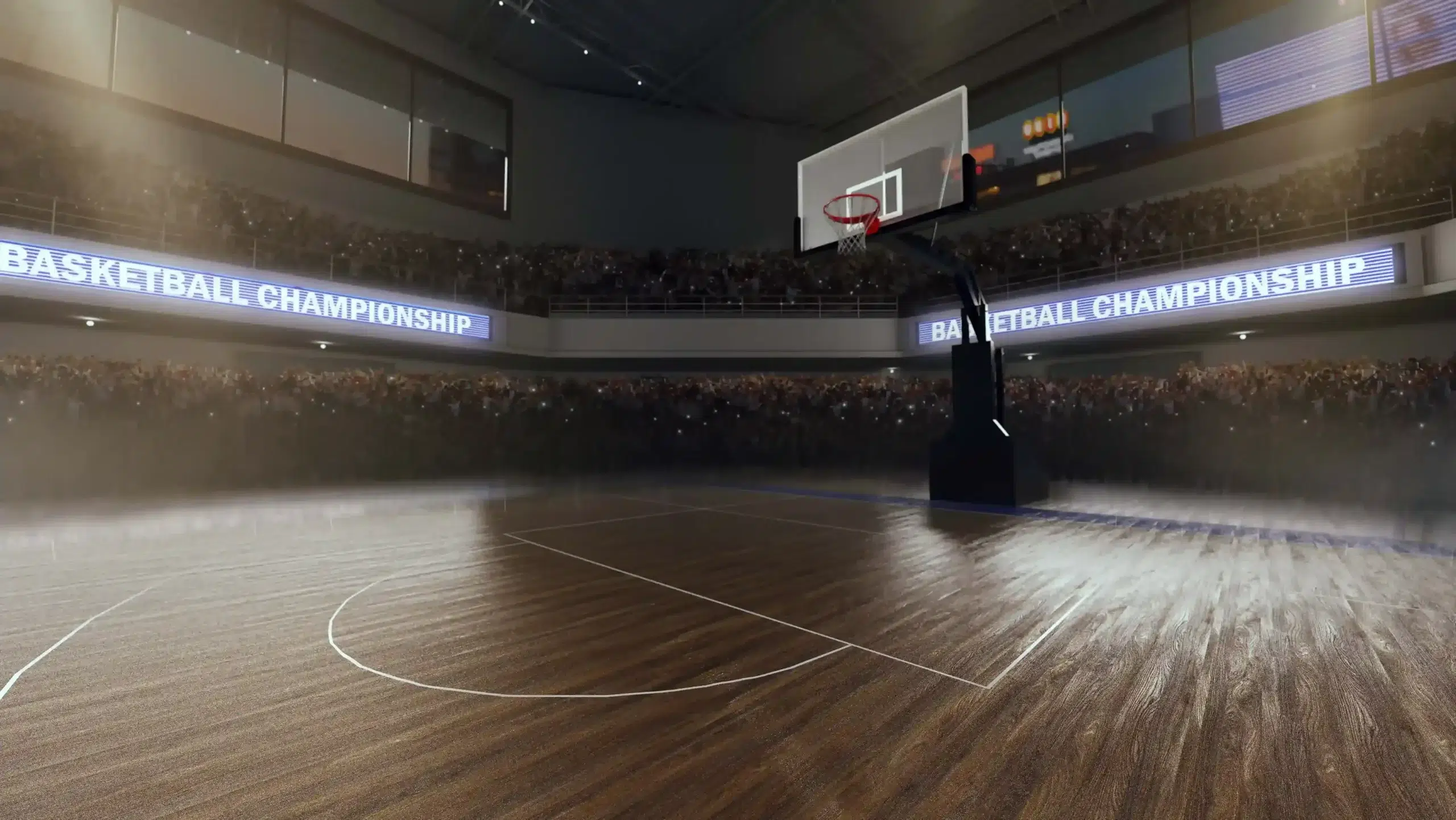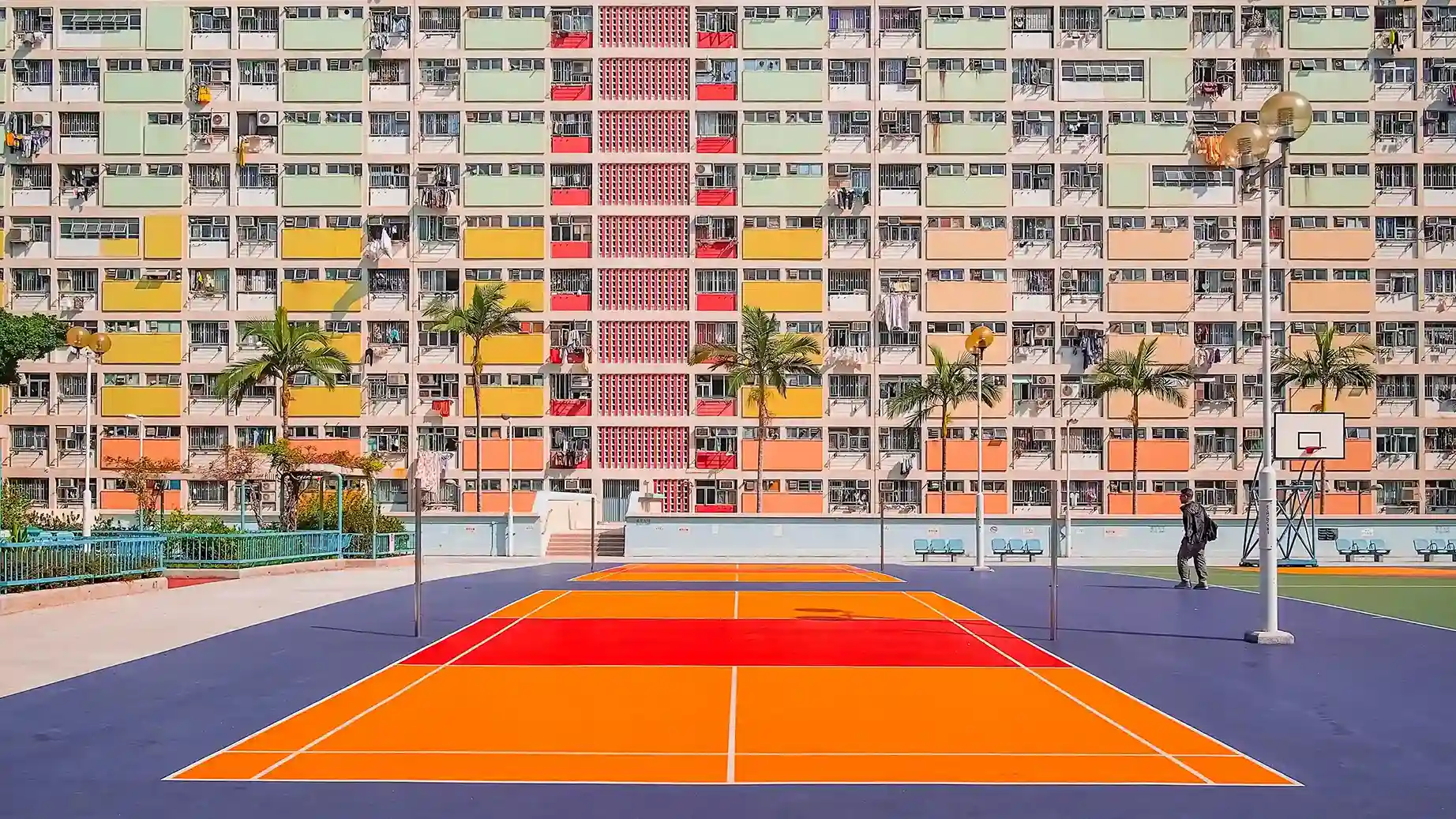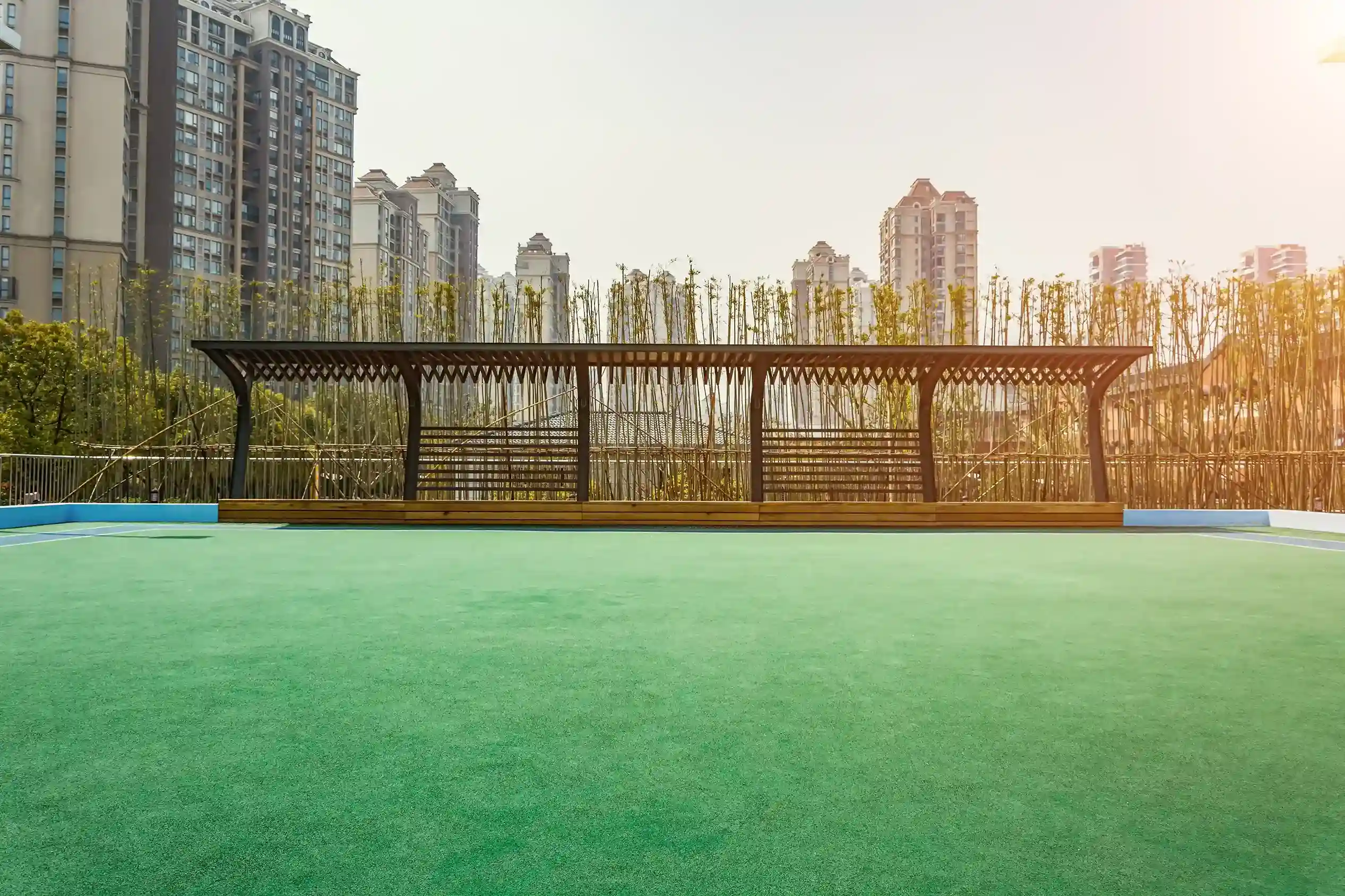The sport of volleyball is one that people of all ages and skill levels can enjoy. Whether playing in the sand at the beach or on a hard court in your backyard, the game will provide you with hours of fun.
However, if you’re looking to take your game to the next level, it’s important to know the official dimensions of a volleyball court.
Volleyball is a sport that requires a specific playing area. The International Volleyball Federation (FIVB) sets the volleyball court dimensions, the sport’s regulating body.
One of the most important aspects of playing volleyball is understanding the court’s dimensions. The court dimensions can vary depending on the type of volleyball game being played.
For example, the dimensions of a beach volleyball court are different than the dimensions of an indoor volleyball court. Design your own court according to your area with VMKON Court Builder App.
It is important to know the dimensions of the court so that you can understand the game and play to the best of your abilities.
Keep reading to learn everything you need to know about volleyball court dimensions.
Why Are Volleyball Court Dimensions Important?
Volleyball court dimensions are important because they play a crucial role in the game of volleyball. The dimensions of the court dictate the size and layout of the playing area, which in turn affects the gameplay, strategy, and tactics used by players and teams. You can check our article about Basketball Court Dimensions.
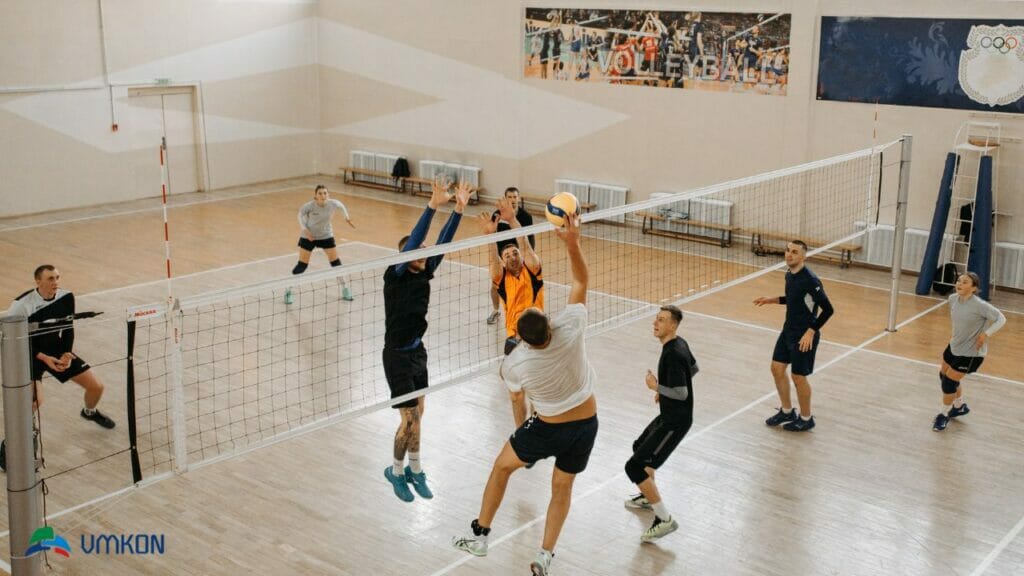
Here are some reasons why volleyball court dimensions are important.
Fairness and consistency: Volleyball court dimensions are standardized, which ensures fairness and consistency in the game. Players and teams know what to expect when they play on different courts and can adapt their gameplay accordingly.
Safety: Properly sized and marked courts ensure players have enough space to move around safely during the game. This reduces the risk of injuries and accidents. VMKON Macwood Pro Indoor Flooring provides the best safety for the players due to its 60% absorption of shocks which safes players from injuries.
Strategy: The size and layout of the court affect the strategy and tactics used by players and teams. For example, a smaller court may favor shorter, faster players who can cover more ground quickly, while a larger court may favor taller, more powerful players who can hit the ball harder.
Equipment: Volleyball court dimensions also affect the equipment used in the game. Volleyball net height, for example, is determined by the court dimensions and affects the height at which players can hit the ball.
Overall, volleyball court dimensions are important because they help create a fair, safe, and consistent playing environment that allows players and teams to showcase their skills and strategies.
Read More
How Long is a Volleyball Game?
All About Volleyball Rules and Scoring
Volleyball is a fun and exciting sport that can be played in various settings, but regardless of where you play, it is important to follow the same court dimensions to ensure fair play.
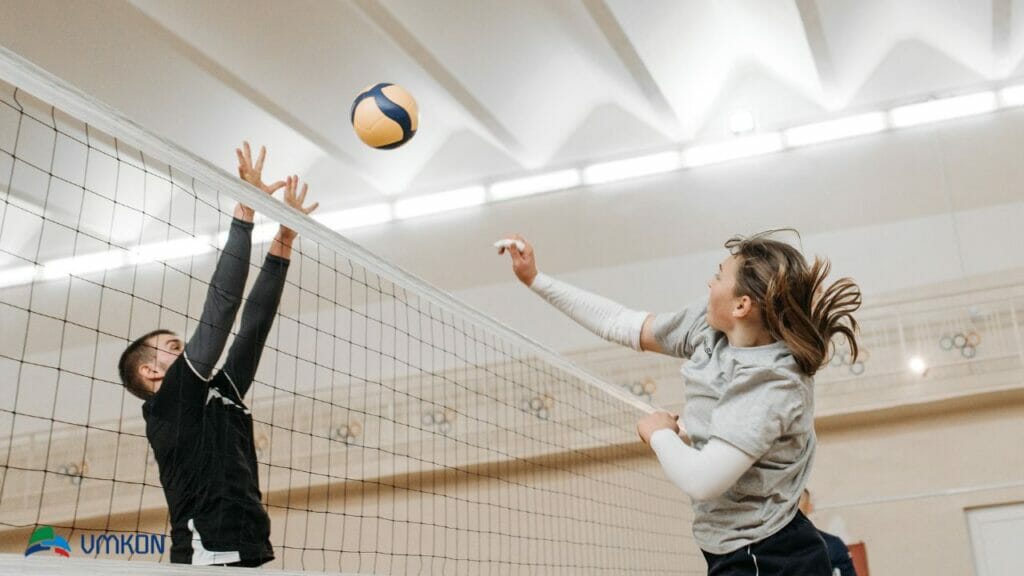
In addition to the court dimensions, it is important to understand the rules and scoring of volleyball, including beach volleyball.
1. Volleyball Rules
A volleyball team consists of six players, with three as attackers and three as defenders. The attacker positions are front left, front center, and front right, while the defensive positions are back left, back center, and back right.
The player in the right back position serves and must be outside the service line (back line) when serving. The serve must be executed within eight seconds of the referee blowing the whistle.
The server must toss the ball up to serve and can only step inside the court after completing the serve. A player can touch the ball only once, and the team can touch the ball no more than three times in a single play.
A point is scored when the ball is successfully grounded into the opponent’s court. The ball must cross the net within the poles or antennas to be considered a legal play.
It’s important to note that the sidelines and baselines are part of the court, and any ball landing on them and touching them in any way is considered in.
A point is scored when the opposing team hits the ball out of the court. The referee may award penalty points for any faults committed.
Scoring
A volleyball match typically consists of three sets, with the team winning two sets declared the victor. In larger tournaments, five-set matches with a best-of-three winner may be played. The team that reaches twenty-five points first, with a difference of two points, wins the set.
2. Beach Volleyball
Beach volleyball, a fun-in-the-sun version of the game, was invented around thirty years after indoor volleyball first started. While it shares many similarities with indoor volleyball, several differences set it apart.
Two Players per Side
One of the most significant differences in beach volleyball is the number of players on each side. Instead of six, there are only two players per team, making it a much more engaging and exciting game. The smaller number of players also means that each player has a more significant impact on the game.
1 Foot of Sand
Another key difference is the playing surface. While indoor volleyball is typically played on a hard court, beach volleyball is played on sand. Specifically, a 1-foot layer of sand is needed on the court. Beach volleyball does not require protective gear on the hands or legs, so sandless would be too dangerous.
Different Scoring System
The scoring system in beach volleyball also differs from indoor volleyball. Each match is a best-of-three set, with the winner of each set being the first to reach 21 points with a difference of two.
Suppose the match goes to a deciding set, the first to reach 15 points with a difference of two wins. Unlike indoor volleyball, beach volleyball does not allow timeouts for coaching purposes.
Same Court Dimensions and Net Height
Despite these differences, the dimensions of a beach volleyball court are the same as those of an indoor court, measuring 60 feet by 30 feet. The volleyball court size net height for both men and women is also the same as in indoor volleyball.
Popularity and Benefits
Beach volleyball has gained popularity worldwide, and besides being played for fun, it is also part of serious competitions like the World Championships and the Olympics.
In addition, playing beach volleyball is a great way to get in shape and build cardio and muscle strength, making it a fantastic workout option for those looking to stay active.
Official FIVB Indoor Volleyball Court Dimensions
The International Volleyball Federation (FIVB) regulates the game of volleyball worldwide. The federation aims to make volleyball a major entertainment sport globally.
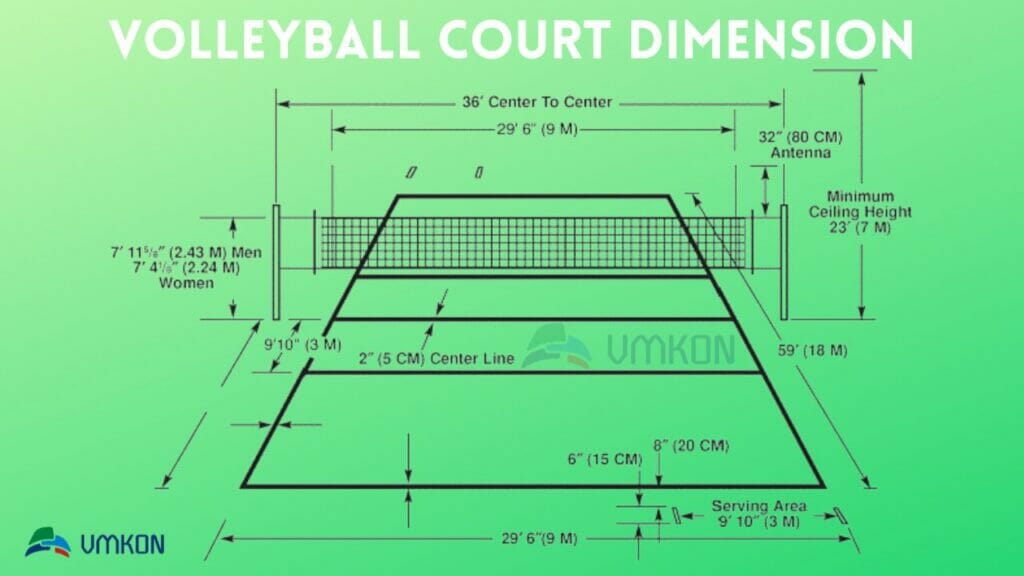
To ensure uniformity in the sport, the FIVB has laid out specific guidelines for indoor volleyball court dimensions.
Playing Area and Free Zone
The playing area of an indoor volleyball court must be symmetrical and rectangular in shape. It includes the playing court and a free zone around it.
The official volleyball court size is 18m x 9m, and a free zone of at least 3m surrounds the playing court. The volleyball court size in feet is 59 feet by 29 feet six inches.
Playing Surface
The playing field should be flat and light-colored. Only hardwood or synthetic surfaces are allowed for FIVB, international, and official tournaments. The lines on the court must be white, and the playing court and free zone should have distinct colors. At VMKON you will get the best synthetic volleyball courts for your indoor or outdoor court.
Line Markings
The boundary lines of an indoor volleyball court are 5cm broad and have bright colors that contrast with the playing surface. The two sidelines and the end lines serve as the boundary lines. The center line divides the 9m x 9m playing court into two equal parts.
The front zone of each court is designated by the rear edge of the attack line, which is 3m away from the center line’s center.
Nets and Posts
The net’s height for men’s volleyball is 2.43m (8 feet), and for women’s volleyball, it is 2.24m (7 feet 4 inches). It is placed vertically above the center line and is 10cm square black mesh, 1m wide, and 9.5-10m long. The net’s height is measured from the center of the playing court.
The antenna is a flexible rod 10mm in diameter and 1.8m long, made of fiberglass or comparable material. It is fixed on the opposite sides of the net and rises 80cm above the net.
The top of the antenna is identified by 10cm-long stripes of contrasting colors, usually red and white. The 2.55m tall posts are positioned between 0.50 and 1m outside the sidelines. The posts are wire-free, contoured, and secured to the ground.
Indoor Volleyball Zones and Areas
The front zone of each court is restricted by the axis of the center line and the back edge of the attack line. The front zone continues beyond the sidelines and into the last yard of the free zone.
The service zone is a 9m wide area behind each end line and is an extension of the sidelines. It is 15cm long and is drawn 20cm after the finish line. The substitute zone extends from both attack lines to the scorer’s table.
The Libero Replacement zone is a portion of the free zone that runs from the attack line to the finish line on the same side as the team benches. The control area is a 1-by-1m penalty area outside the end lines.
Dimensions of Beach Volleyball Courts
Beach volleyball is a popular sport that is played on a sandy court rather than indoors on a hard surface. As a result, the beach volleyball court dimensions differ from those of an indoor court. Here’s everything about the beach volleyball court size and layout.

Court Dimensions
The beach volleyball court must be rectangular in shape and measure 16 meters by 8 meters. In feet, these dimensions are equivalent to 52.5 feet by 26.2 feet. The court must be surrounded by a free zone at least 3 meters wide.
Surface
The playing field is made of leveled sand that is as smooth and uniform as possible. Pebbles, shells, and other objects must be removed from the sand to prevent player injuries.
Line Markings
All lines on the beach volleyball court are 5 centimeters broad and must contrast with the sand’s color. There are two sidelines and two end lines that serve as boundary markers.
Unlike an indoor volleyball court, there is no centerline. Ribbons made of durable material are used for court lines, and flexible anchors are used for any exposed anchors.
Zones and Areas
A service zone and a free zone surround the beach volleyball court. The service zone is a space that is 8 meters wide behind the finish line and stops just within the 3-meter-wide free zone.
Nets and Posts
A vertical net is placed over the center of the beach volleyball court. The height of the net varies for men’s, women’s, and junior games. Men’s and women’s nets are set at 2.43 meters and 2.24 meters, respectively.
The net’s height for juniors depends on their age group, with the maximum height being 2.24 meters for players 16 years old and under.
When taut, the net measures 1 meter in width and 8.5 meters in volleyball net length. The horizontal white bars are 7–10 centimeters wide and placed at the mesh’s top and bottom, which is 10 centimeters square.
Antennae
Each sideband of the net has an antenna attached to it on the outside. The volleyball antenna height is 80 centimeters. The posts are positioned 0.70 to 1 meter apart from each sideline and are 2.55 meters high. When mounted to the ground, they are wireless and must be cushioned.
Nine-Man Volleyball Court Size
The nine-man volleyball game is played on an outdoor court size 33 feet long and 33 feet broad. The net is higher than a standard beach volleyball net, standing 7 feet and 8.5 inches tall.
Sitting Volleyball Court Size
A standard sitting volleyball court size is 10 meters by 6 meters.
Overall, outdoor volleyball court dimensions(beach volleyball) differ from indoor volleyball courts. Understanding the rules and regulations regarding beach volleyball court dimensions is crucial for players and officials alike.
Tips for Constructing a Volleyball Court

Constructing a volleyball court is a great way to enjoy the game in your own backyard or on your property. Here are some tips to consider when building your volleyball court:
Choose the Right Location: The first step in building a volleyball court is choosing the right location. Look for a flat and level area with good drainage to prevent water from pooling on the court.
Make sure there are no obstructions, such as trees or power lines, and consider the direction of the sun to avoid glare during games.
Prepare the Ground: Once you have chosen the location and determined the court size, you must prepare the ground. Remove any grass or vegetation from the area and level the ground.
Use a compactor to create a stable base for the court, and add a layer of gravel or crushed stone for drainage. VMKON tiles are a good option for this project because VMKON Sports has the perfect solution for your volleyball court flooring needs.
Our Macwood Volleyball Hardwood flooring and Gamechanger+ Interlocking Sports Tiles are designed to provide superior cushioning and energy return, making them the perfect choice for both indoor and outdoor courts.
Not only are they safe and comfortable for players, but they are also designed to endure wear and tear, so they won’t need to be replaced any time soon.
With a wide range of colors and designs, you’re sure to find the perfect fit for your court. Choose VMKON Sports today for volleyball court flooring to keep your players safe and performing at their best.
Obtain necessary permits: Check with your local government to see if you need permits or approvals to build a volleyball court. This may depend on the size of the court, location, and other factors.
Install the Boundary Lines: Use boundary lines to mark the court’s perimeter. You can use rope or tape or paint the lines directly onto the ground. Please make sure the lines are straight and even and that they are visible during games.
Install the Net: The net is essential to the volleyball court. It should be installed at the court’s center and securely anchored to the ground. Ensure the net is the correct height for the type of volleyball you will play.
Provide Lighting: If you plan to use the volleyball court at night, you will need to provide adequate lighting. Install light fixtures around the court to ensure players can see the ball and move safely.
Add Optional Features: You may also want to consider adding optional features to your volleyball court, such as benches, a scoreboard, or a storage shed for equipment. These features can enhance your playing experience and make your volleyball court more functional.
Consequently, constructing a volleyball court requires careful planning and preparation. Following these tips can create a safe and enjoyable space to play volleyball with friends and family.
Conclusion
Volleyball court dimensions are important when designing a court and playing the game. They vary depending on the level and type of play.
Knowing the size of the court and the different measurements can help players, coaches, and referees understand the game better and make it more enjoyable for everyone involved.
With the right knowledge and understanding, everyone can enjoy the game of volleyball and have a great time.
FAQs
What are the Dimensions of a Volleyball Court?
The dimensions of a standard volleyball court are 18m x 9m (59ft x 29ft). The court is divided into two halves by a net of 2.43m (8ft) high for men’s games and 2.24m (7ft 4in) for women’s games. The end lines are considered part of the court. This playing court must be surrounded by a free zone with a minimum width of three meters. 59 feet by 29 feet 6 inches is the size of the volleyball court size in feet
What is the Size of the Volleyball Court in Inches?
The standard size of an indoor volleyball court in American units of measurement is 29 feet 6 inches by 29 feet and 6 inches for the half court and 59 feet by 29 feet 6 inches for the full court area.
What is the difference between beach and court volleyball?
Beach volleyball is typically played with two players on each side, while court volleyball is played with six players on each side. The court for beach volleyball is smaller than the court for court volleyball. The beach volleyball court is 16 meters long and 8 meters wide, while the court volleyball court is 18 meters long and 9 meters wide. There are also some differences in the rules between beach and court volleyball.

